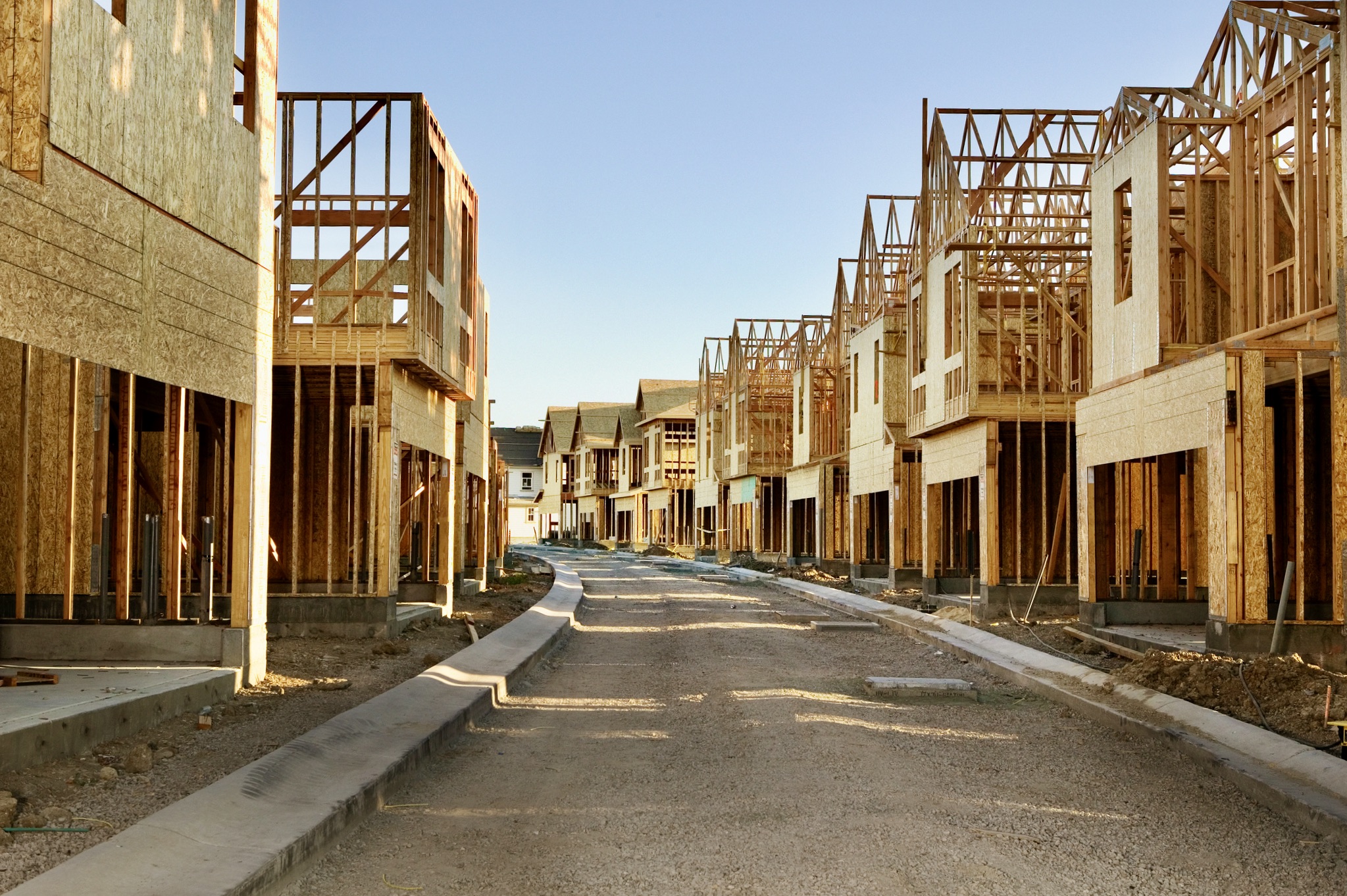Why renting is so unaffordable in 2023 – Orange County Register
Franklin Schneider | Wealth of Geeks
Rent prices have increased dramatically over the past four decades. Since 1985, rent growth has exceeded inflation by 40% and income by 7%, according to a new study from Real Estate Witch.
While rent prices have climbed steadily upward, wage growth has been more volatile. Since 2011, income has increased about 4% each year. However, if adjusted for inflation, it’s grown just 2% each year, according to the Real Estate Witch study. As the price of rent rises, the purchasing power of the average U.S. worker erodes.
Rent prices remain stubbornly high because there’s a surge of tenants who want their own place to live. The COVID-19 pandemic dramatically accelerated a shift toward solitary living, but construction of new homes and apartments never really recovered from the 2008 financial crisis, and inventory remains incredibly low today.
When you combine a limited resource like housing with pervasive and increasing income inequality, rich people are the ones setting the price,” said Ezra Glenn, a lecturer at the Massachusetts Institute of Technology’s Department of Urban Studies and Planning. “The poor end up having to pay more of their income or get pushed out entirely since we’re all competing in these same limited markets.”
In a country where rent has largely outpaced income, the average rent-to-income ratio has become much less favorable to renters. From 2009 to 2021, the rent-to-income ratio increased in 46 of the 50 most-populous U.S. metro areas.
Up 42%
From 2009 to 2021, the last full year for which data is available, the median rent across the U.S. increased 42% – from $817 a month to $1,163. In high-demand rental markets, rent rose even higher.
In half of the 50 most-populous U.S. metros, rent increased more than 42%. In seven cities, it increased by more than 60%.
In San Jose, rent increased from $1,360 a month to $2,511. That’s an 85% increase in just 12 years, which equates to about 7% growth each year.
As extreme as San Jose’s rent increase may seem, some cities may be on pace to surpass it. In six U.S. cities, rent increased by 9% or more from 2022 to 2023.
Beating 92% of incomes
In a textbook definition of inflation, wages should rise in tandem with prices. But that’s not what working Americans have experienced. The affordable housing crisis across the U.S. exists because in 46 of the 50 most-populous metros, rent growth has exceeded income growth.
One of the hottest real estate markets is In Denver, where rent exceeded income by a staggering 71% – the highest percentage among all 50 cities studied. Denver isn’t the only city where the gap between rent and income is growing rapidly. In seven cities, rent surpassed income by more than 50%.
Since 2009, income growth has exceeded rent growth in only four U.S. cities: Providence, Rhode Island; Buffalo, New York; Cleveland; and Pittsburgh.
Those cities remain bastions of affordability, in part, because they’ve experienced lower population growth than in other cities where rent has increased sharply. From 2009 to 2021, the population did not grow by more than 1,500% in any of those four cities. By contrast, the population grew by at least 1,500% in all seven cities where rent exceeded income by more than 50% from 2009 to 2021.
However, if renters started flocking to affordable cities for their low prices, increased demand would likely cause rent to rise.
Most/least affordable
Financial experts suggest paying no more than 30% of gross monthly income on housing. On average, Americans spend about 20% of their monthly wages on rent.
Miami renters have the highest rent-to-income ratio, spending 28.5% of their monthly income on rent. Miami residents are squeezed on both sides by high rent and low pay. Their monthly payment of $1,492 is 28% higher than the national median rent price, while their annual income of $62,870 is 9% less than the U.S. median income.
On the other hand, Cincinnati renters have it good, spending just 15.5% of their monthly income on rent. Better yet, Cincinnati renters earn $70,308 – 2% more than the national median income – and pay just $906 a month on rent – 22% less than the national median.
Behind Cincinnati, Pittsburgh, St. Louis, Minneapolis, and Buffalo, New York, are the most affordable cities for renters, with rent-to-income ratios below 17%.
This article was produced by Real Estate Witch and syndicated by Wealth of Geeks.



